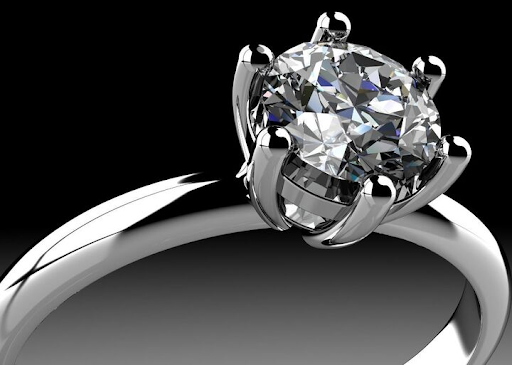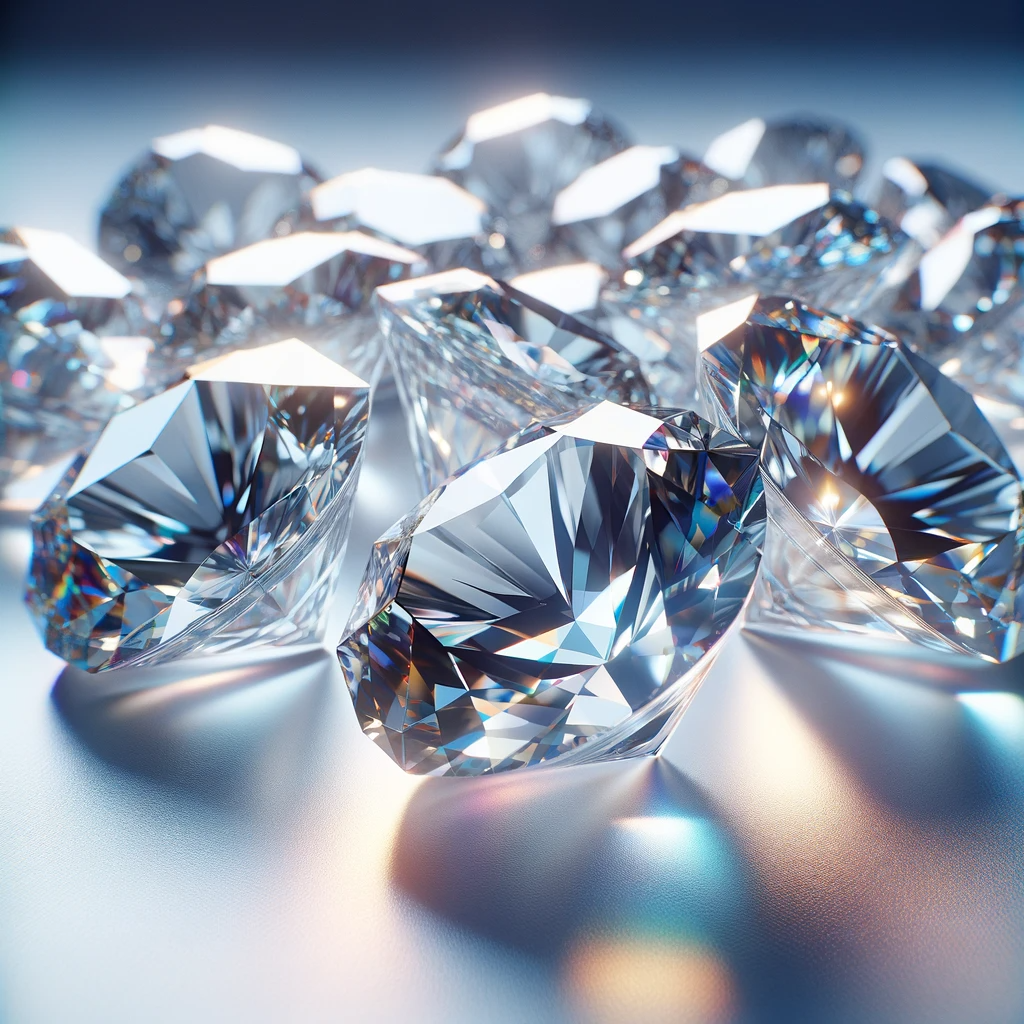Rotary gear pumps are essential for countless industries, delivering consistent performance in applications ranging from chemical transfer to lubrication systems. However, like any mechanical equipment, these pumps require routine care to ensure they remain efficient and long-lasting. Without proper maintenance, even the most durable rotary gear pumps can face performance issues, leading to costly repairs or replacements.
This guide provides expert tips on maintaining your gear pump, ensuring optimal operation and extending its lifespan while reducing downtime and maintenance costs. Whether you’re new to pump maintenance or looking to refine your practices, these insights will prove invaluable.
Why Is Maintenance for Rotary Gear Pumps Important?
Rotary gear pumps are known for their reliability and robustness under high-pressure and high-viscosity applications. However, their precision design also means that neglecting maintenance can have significant consequences. Proper upkeep ensures:
- Consistent Performance: Avoiding unexpected malfunctions and maintaining steady output.
- Longevity: Prolonging the lifespan of the pump by reducing wear and tear.
- Cost Savings: Minimizing expensive repairs and system downtime by addressing small issues early.
- Safety: Preventing leaks or mechanical failures that could pose safety risks.
By adopting a proactive maintenance routine, you minimize potential risks and keep operations running smoothly.
Essential Rotary Gear Pump Maintenance Tips
-
Monitor Pump Performance Regularly
Pay close attention to your rotary gear pump’s performance. Unusual noises, vibrations, or reduced flow rates often indicate underlying issues. Some common warning signs include:
- Excessive Noise: Could signal cavitation or air trapped in the system.
- Leaks: Often caused by worn seals or misaligned components.
- Declining Efficiency: A drop in pressure or flow may indicate internal wear or damage.
Regularly inspecting and addressing these early signs of problems can prevent minor issues from turning into major failures.
-
Keep the Pump Clean
Dirt, debris, and other contaminants can hinder your pump’s functionality over time. Keep both the external surface of the pump and the surrounding environment clean. Additionally:
- Inspect Filters and Screens: Remove debris from inlet filters or strainers to protect the pump from abrasive particles.
- Flush the Pump: For applications involving heavy fluids or chemicals, occasional flushing can prevent residue buildup that might obstruct the pump’s operation.
Maintaining cleanliness ensures that your gear pump operates at peak efficiency.
-
Check for Proper Alignment
Misalignment between the pump and its drive source is a common cause of mechanical stress. Regularly verify and adjust the alignment to protect shaft seals, bearings, and gears from excessive strain. Use alignment tools or gauges to ensure the pump and motor shafts are perfectly aligned, reducing vibration and wear.
-
Inspect and Replace Seals
Seals are critical components in rotary gear pumps, preventing fluid leaks and ensuring proper operation. Over time, seals can wear down due to pressure changes, temperature fluctuations, or contact with corrosive fluids. Regularly check seals for:
- Cracks or tears.
- Signs of bulging or deformation.
- Uneven wear.
Replace damaged seals promptly to maintain safe and efficient operation. If your application involves aggressive or hazardous liquids, consider upgrading to seals made with specialized materials for extra durability.
-
Lubricate Moving Parts
Gear pumps rely on moving parts, such as shafts and bearings, to function efficiently. Proper lubrication reduces friction and minimizes wear:
- Use the manufacturer-recommended lubricant for your pump type.
- Apply lubrication at specified intervals based on usage conditions and operating hours.
- Avoid over-lubrication, as it may lead to overheating or contamination.
Regular lubrication ensures smooth performance and lowers the chances of premature component failure.
-
Inspect Gear Wear and Clearance
The performance of rotary gear pumps depends on the tight tolerance between their gears and casing. Over time, wear can increase gear clearance, leading to internal leaks and reduced efficiency. To keep your pump operating optimally:
- Measure gear clearances periodically.
- Replace worn gears promptly to restore efficiency.
Maintaining correct tolerances ensures a steady flow rate and consistent pressure output.
-
Check System Pressure and Temperature
Ensure that your system operates within the specified pressure and temperature range for your rotary gear pump. Extreme conditions can stress the pump and result in performance issues. Use gauges or monitors to track:
- Pressure: Excessive pressure can wear down internal components.
- Temperature: Overheating may impair lubrication, leading to friction and wear.
Adjust system parameters to align with your pump’s recommended operating conditions to prevent unnecessary strain.
-
Train Your Team
Your pump maintenance routine is only as effective as the people executing it. Ensure your team receives proper training on maintaining rotary gear pumps, understanding warning signs, and carrying out necessary adjustments. Equip them with the right tools and documentation, such as the manufacturer’s maintenance manual.
By empowering your team, you improve the consistency and accuracy of pump care, reducing the likelihood of errors.
Proactive Maintenance for Long-Term Benefits
Routine care is not merely a short-term fix; it’s a long-term investment in your operations. By implementing these maintenance practices consistently, you will:
- Improve the efficiency and reliability of your rotary gear pump.
- Reduce unplanned downtime and associated costs.
- Prevent safety hazards by addressing issues before they escalate.
Furthermore, don’t neglect to document maintenance activities and schedules. A well-organized record system lets you track the pump’s history, identify recurring issues, and plan servicing more effectively.
Partner with Experts for Extra Support
If you lack the resources to handle maintenance in-house or deal with complex issues, consider partnering with experts. Professional service providers can offer inspections, repairs, and advice tailored to your gear pump’s specific needs. Leveraging their expertise ensures your equipment remains in top-notch condition.
Final Thoughts on Maintaining Rotary Gear Pumps
Maintaining your gear pump doesn’t have to be daunting. With a consistent schedule, attention to detail, and the implementation of best practices outlined above, you’ll safeguard your pump’s performance and efficiency for years to come.
By investing time in proper upkeep, you not only reduce costs but also ensure uninterrupted operation, keeping your business running smoothly.








